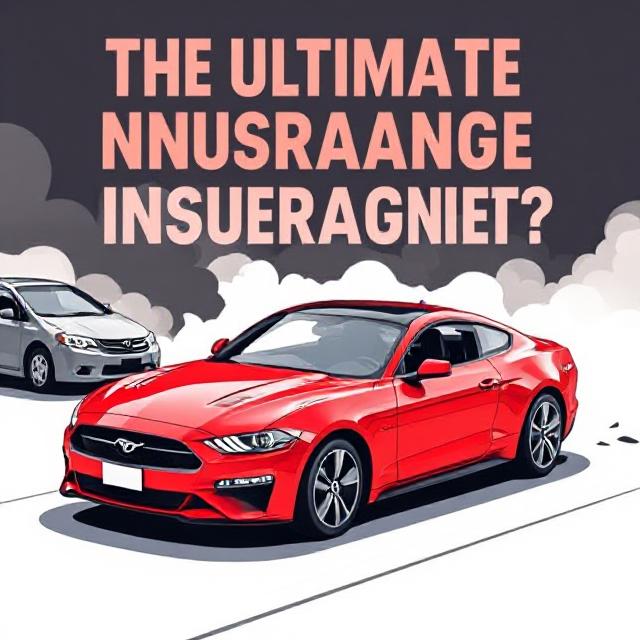In our fast-paced world, owning a vehicle symbolizes more than just the freedom to travel; it’s a significant financial investment that requires vigilant protection. As drivers navigate the hustle of life, the question looms: which vehicle insurance plan reigns supreme? With the variety of options available, understanding what each plan offers can feel overwhelming. Here, we will pit the major types of insurance against each other to discover which one might be the best fit for your needs.
Understanding the Basics
Before diving into the showdown, it helps to understand the primary types of vehicle insurance:
-
Liability Insurance: This is the most basic form of coverage, mandated by law in most states. It covers injuries and damages you cause to another person, their vehicle, or property in the event of an accident.
-
Collision Insurance: This coverage addresses damages to your own vehicle resulting from a collision, regardless of who is at fault. It’s particularly useful for new or high-value cars.
-
Comprehensive Insurance: Often paired with collision, comprehensive insurance covers non-collision-related incidents including theft, vandalism, or natural disasters.
-
Personal Injury Protection (PIP): This type of coverage aids in covering medical expenses incurred due to an accident, including lost wages and rehabilitation costs, regardless of fault.
-
Uninsured/Underinsured Motorist Coverage: This adds protection in cases when you’re involved in an accident with a driver who lacks sufficient insurance coverage.
The Showdown: Comparing Coverage Plans
1. Cost vs. Coverage
In terms of cost, liability insurance usually comes out on top, as it’s often the cheapest option. However, this low cost comes with limited coverage. If you drive a newer vehicle or one that holds significant value, the minimal safeguard provided by liability insurance might not protect your investment adequately.
Winner: Liability Insurance (for budget-conscious drivers).
2. Comprehensive Protection
For those looking for peace of mind, comprehensive insurance can be invaluable. Unlike liability, this plan covers a wide range of unforeseen incidents. If you live in an area prone to severe weather or high theft rates, this plan becomes a necessity rather than a luxury.
Winner: Comprehensive Insurance (for those prioritizing complete protection).
3. Accident Coverage
When it comes to facing the aftermath of an accident, collision insurance takes the lead. This plan mitigates damages to your own vehicle and is essential for drivers of newer or costly automobiles. It prevents you from having to pay out-of-pocket for repairs after an accident.
Winner: Collision Insurance (for those seeking robust accident protection).
4. Health Coverage After an Accident
Personal Injury Protection (PIP) is unparalleled in ensuring medical expenses and lost wages are covered. This is especially essential for those without health insurance or who want a safety net after an accident.
Winner: PIP (for those primarily concerned with health and financial well-being post-accident).
5. Uninsured Motorist Protection
With the rising number of underinsured and uninsured drivers on the road, uninsured/underinsured motorist coverage establishes a crucial layer of security. This ensures that you’re covered if you find yourself in an accident caused by a driver lacking insurance.
Winner: Uninsured/Underinsured Motorist Coverage (for those who frequently encounter risk).
Conclusion: The Supreme Choice
When determining which vehicle insurance plan reigns supreme, it ultimately boils down to individual needs and circumstances.
-
- Budget-conscious drivers may favor liability insurance.
-
- Those desiring complete coverage will likely lean toward comprehensive.
-
- Drivers seeking protection against accidents should consider collision insurance.
-
- For health safety post-accident, PIP emerges as indispensable.
-
- Lastly, uninsured motorist coverage ensures you’re safeguarded against an increasing risk.
The ideal insurance plan often combines multiple options for tailored protection. As you weigh your choices, consider not just the cost but also your lifestyle, risk factors, and unique needs. In an unpredictable world of driving, having the right insurance is not just a necessity—it’s a vital element of responsible vehicle ownership.


